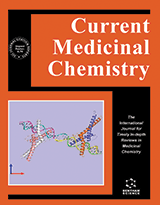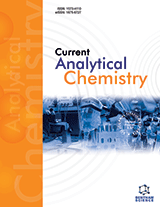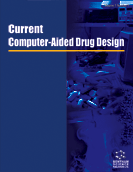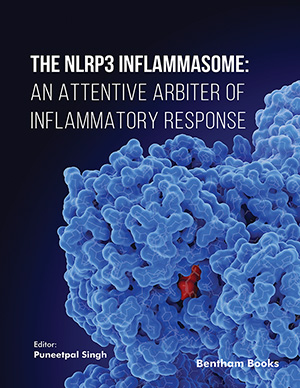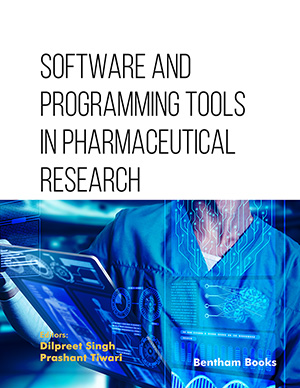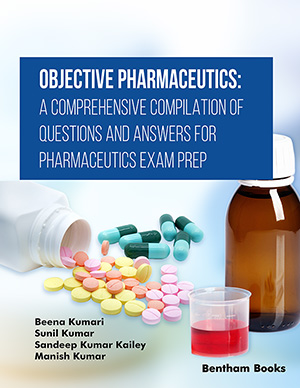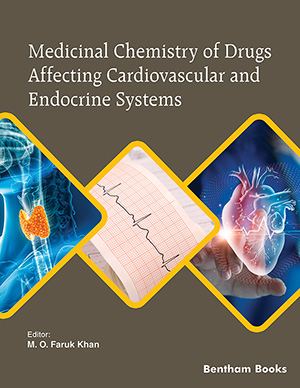Abstract
Epidemiological and family studies have provided evidence on the role of genetic factors in stroke, particularly in stroke occurring at young age. However, despite its impact, young stroke continues to be understudied. This article reviews the existing literature on the most investigated monogenic disorders (CADASIL, Fabry disease, MELAS, RVCL, COL4A1, Marfan and Ehlers-Danlos syndromes) causing stroke in young and a number of candidate genes associated with stroke occurring in patients younger than 50 years. Although our study failed in identifying strong and reliable associations between specific genes and young stroke, our detailed literature revision on the field allowed us to compile a panel of genes possibly generating a susceptibility to stroke, which could be a starting point for future research. Since stroke is a potentially preventable disease, the identification of genes associated with young stroke may promote novel prevention strategies and allow the identification of therapeutic disease targets.
Keywords: Young stroke, genetics, mutation, monogenic disorders, polymorphism, molecular variants, risk factors.
Current Medicinal Chemistry
Title:Molecular Basis of Young Ischemic Stroke
Volume: 20 Issue: 31
Author(s): Anna Bersano, Linda Borellini, Cristina Motto, Silvia Lanfranconi, Alessandro Pezzini, Paola Basilico, Giuseppe Micieli, Alessandro Padovani, Eugenio Parati and Livia Candelise
Affiliation:
Keywords: Young stroke, genetics, mutation, monogenic disorders, polymorphism, molecular variants, risk factors.
Abstract: Epidemiological and family studies have provided evidence on the role of genetic factors in stroke, particularly in stroke occurring at young age. However, despite its impact, young stroke continues to be understudied. This article reviews the existing literature on the most investigated monogenic disorders (CADASIL, Fabry disease, MELAS, RVCL, COL4A1, Marfan and Ehlers-Danlos syndromes) causing stroke in young and a number of candidate genes associated with stroke occurring in patients younger than 50 years. Although our study failed in identifying strong and reliable associations between specific genes and young stroke, our detailed literature revision on the field allowed us to compile a panel of genes possibly generating a susceptibility to stroke, which could be a starting point for future research. Since stroke is a potentially preventable disease, the identification of genes associated with young stroke may promote novel prevention strategies and allow the identification of therapeutic disease targets.
Export Options
About this article
Cite this article as:
Bersano Anna, Borellini Linda, Motto Cristina, Lanfranconi Silvia, Pezzini Alessandro, Basilico Paola, Micieli Giuseppe, Padovani Alessandro, Parati Eugenio and Candelise Livia, Molecular Basis of Young Ischemic Stroke, Current Medicinal Chemistry 2013; 20 (31) . https://dx.doi.org/10.2174/09298673113209990188
| DOI https://dx.doi.org/10.2174/09298673113209990188 |
Print ISSN 0929-8673 |
| Publisher Name Bentham Science Publisher |
Online ISSN 1875-533X |
Call for Papers in Thematic Issues
Advances in Medicinal Chemistry: From Cancer to Chronic Diseases.
The broad spectrum of the issue will provide a comprehensive overview of emerging trends, novel therapeutic interventions, and translational insights that impact modern medicine. The primary focus will be diseases of global concern, including cancer, chronic pain, metabolic disorders, and autoimmune conditions, providing a broad overview of the advancements in ...read more
Cellular and Molecular Mechanisms of Non-Infectious Inflammatory Diseases: Focus on Clinical Implications
The Special Issue covers the results of the studies on cellular and molecular mechanisms of non-infectious inflammatory diseases, in particular, autoimmune rheumatic diseases, atherosclerotic cardiovascular disease and other age-related disorders such as type II diabetes, cancer, neurodegenerative disorders, etc. Review and research articles as well as methodology papers that summarize ...read more
Chalcogen-modified nucleic acid analogues
Chalcogen-modified nucleosides, nucleotides and oligonucleotides have been of great interest to scientific research for many years. The replacement of oxygen in the nucleobase, sugar or phosphate backbone by chalcogen atoms (sulfur, selenium, tellurium) gives these biomolecules unique properties resulting from their altered physical and chemical properties. The continuing interest in ...read more
Current advances in inherited cardiomyopathy
Describe in detail all novel advances in multimodality imaging related to inherited cardiomyopathy diagnosis and prognosis. Shed light to deeper phenotypic characterization. Acknowledge recent advances in genetics, genomics and precision medicineread more
 36
36
- Author Guidelines
- Graphical Abstracts
- Fabricating and Stating False Information
- Research Misconduct
- Post Publication Discussions and Corrections
- Publishing Ethics and Rectitude
- Increase Visibility of Your Article
- Archiving Policies
- Peer Review Workflow
- Order Your Article Before Print
- Promote Your Article
- Manuscript Transfer Facility
- Editorial Policies
- Allegations from Whistleblowers
- Announcements
Related Articles
-
Studies on Nonsense Mediated Decay Reveal Novel Therapeutic Options for Genetic Diseases
Recent Patents on DNA & Gene Sequences Significance of Hemodynamics Biomarkers, Tissue Biomechanics and Numerical Simulations in the Pathogenesis of Ascending Thoracic Aortic Aneurysms
Current Pharmaceutical Design Developments in Non-Surgical Therapies for Abdominal Aortic Aneurysm
Current Vascular Pharmacology Quantitative Ultrasound in Diagnosis of Metabolic Bone Diseases
Current Medical Imaging Myocardial Quantitative Analysis in Physiological and Pathological Ventricular Hypertrophy: The Increasing Role of Doppler Myocardial Imaging
Current Cardiology Reviews Atenolol: Differences in Mode of Action Compared with other Antihypertensives.An Opportunity to Identify Features that Influence Outcome?
Current Pharmaceutical Design Molecular Cloning of a Novel PPEF-1 Gene Variant from a T-Cell Lymphoblastic Lymphoma Cell Line
Recent Patents on DNA & Gene Sequences Growth Factors and Chemokines: A Comparative Functional Approach Between Invertebrates and Vertebrates
Current Medicinal Chemistry Clinical Applications of Cardiovascular Magnetic Resonance
Current Pharmaceutical Design The Shock of the New: Progress in Schizophrenia Genomics
Current Genomics Chemistry and Pharmacology of Angiotensin-Converting Enzyme Inhibitors
Current Pharmaceutical Design MicroRNAs as Biomarkers for Birth Defects
MicroRNA Novel Methods of Genetic Modification of Human Pluripotent Stem Cells
Recent Patents on Regenerative Medicine Transforming Growth Factor-β Signaling in Motor Neuron Diseases
Current Molecular Medicine Sudden Unexpected Death in Infancy (SUDI) — The Role of the Pathologist
Current Pediatric Reviews Forensic DNA Phenotyping in Criminal Investigations and Criminal Courts: Assessing and Mitigating the Dilemmas Inherent in the Science
Recent Advances in DNA & Gene Sequences (Discontinued) Volume Measurement in the Diagnosis of Mounier Kuhn Syndrome and an Unknown Accompanying Pathology: Pulmonary Artery Enlargement
Current Medical Imaging Screening Aortic Drug Treatments Through Arterial Compliance Measurements
Current Vascular Pharmacology The Association of Connective Tissue Disorders with Cervical Artery Dissections
Current Molecular Medicine Ribozymes in the Age of Molecular Therapeutics
Current Molecular Medicine


